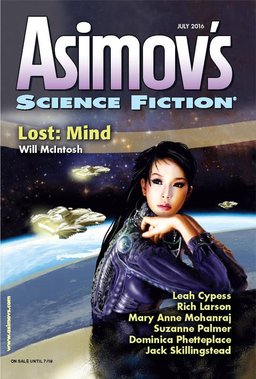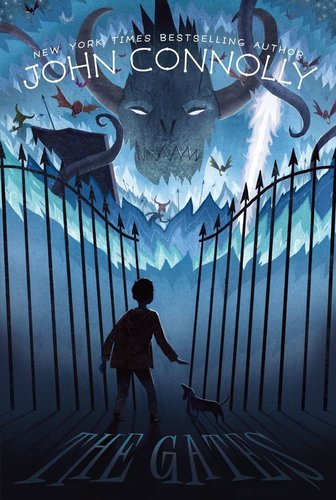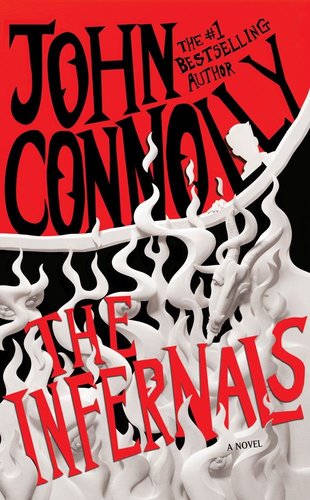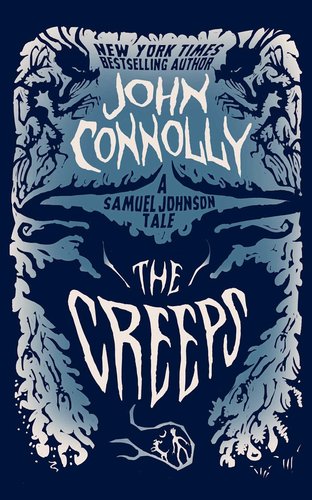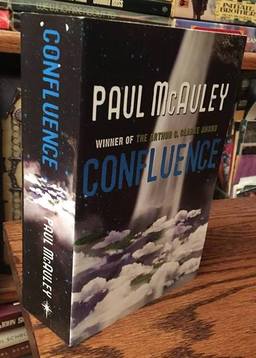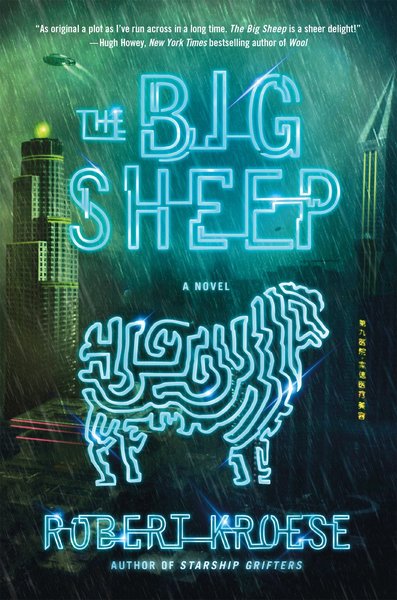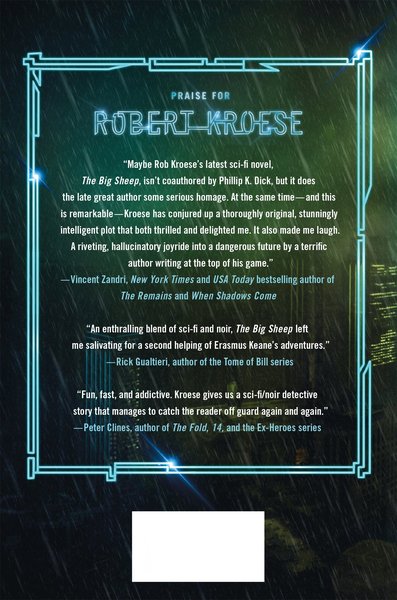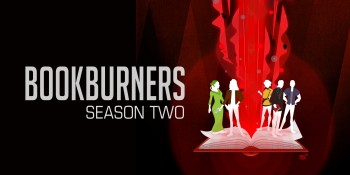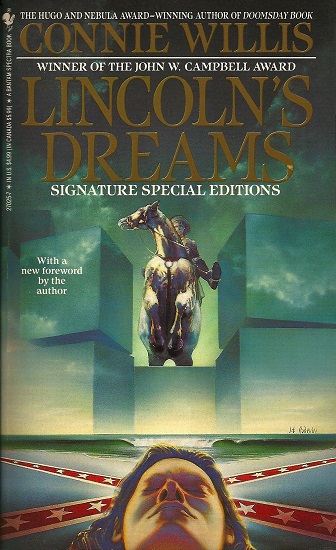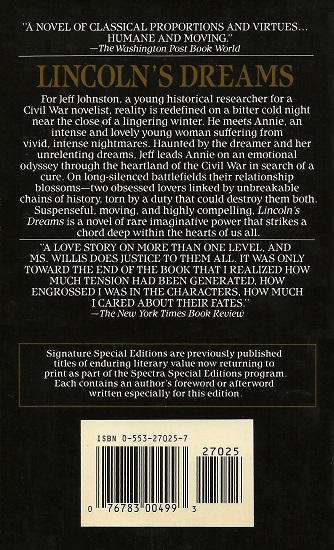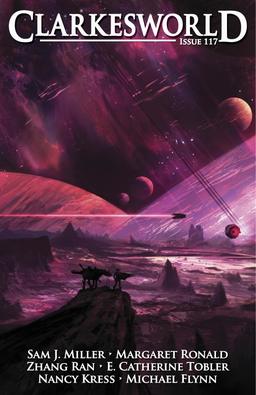Swastikas Over the Sahara: The Afrika Reich by Guy Saville
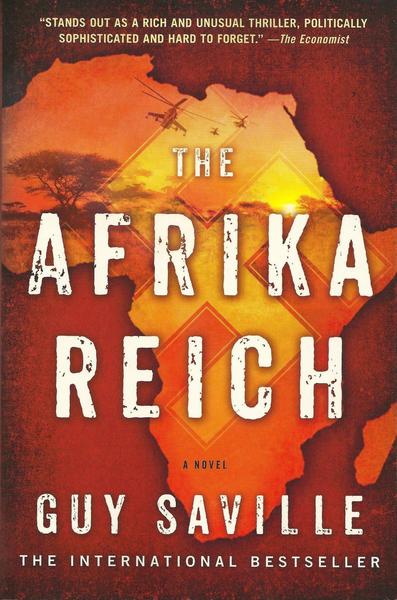 |
 |
Who doesn’t love a good Nazi alternate history? I sure do. Twenty years ago I read Richard Harris’ riveting Fatherland, about a relentless detective who stumbles on the long-buried evidence of the Holocaust in 1964 Nazi Berlin, and I’ve been hooked ever since.
Something else I like? Discount books. I’ve found a few online sellers who specialize in new-condition titles at remaindered prices, and I’ve spent waaay too much money cozying up to them. They call on the weekend and send birthday cards now. I think we’re all going walleye fishing in Alberta this August.
One of those sellers had a curious book called The Afrika Reich in stock and, well, let’s just say we came to an arrangement. I admit to buyers remorse about the Star Trek cookbooks and picture books on Damascus architecture, but this one, about the realization of the Third’s Reich’s diabolical plans for Africa, definitely has my interest. It made the Sunday Express Books of the Year list in 2011, The Times calls it “An horrific reimaging of the Dark Continent,” and Daily Telegraph says it’s “Fatherland for an action movie age.” That all sounds great to me. I’m sold (literally, in this case).
The Afrika Reich was published by St. Martin’s Griffin on January 13, 2015. It is 379 pages, priced at $16.99 in trade paperback. The cover was designed by David Shoemaker (click the images above for bigger versions). BookOutlet USA currently has new copies in stock for $1.98.
